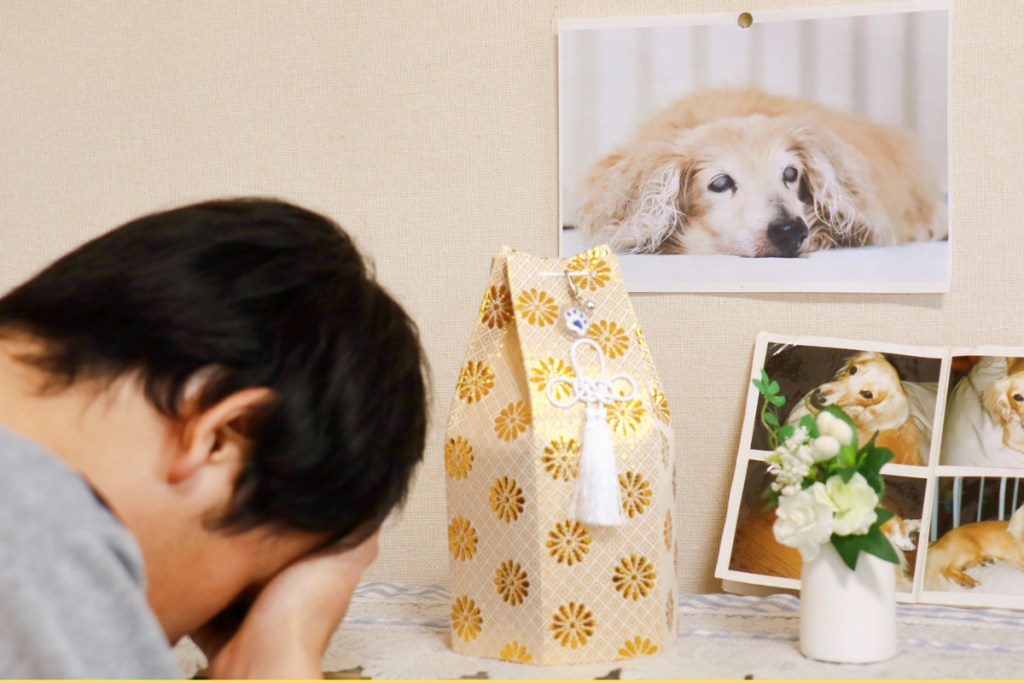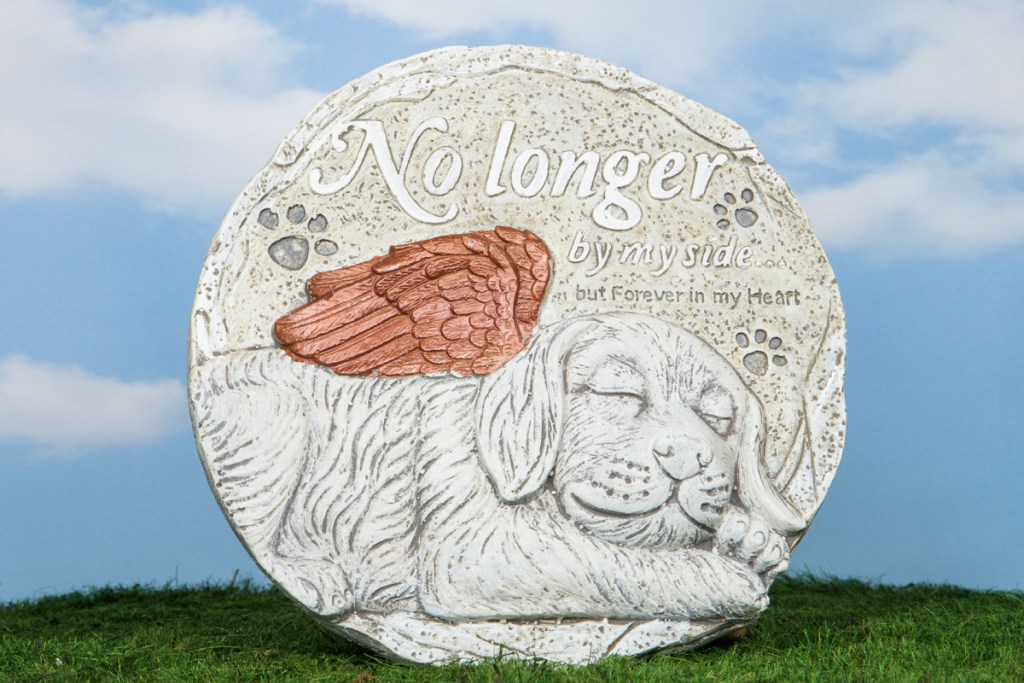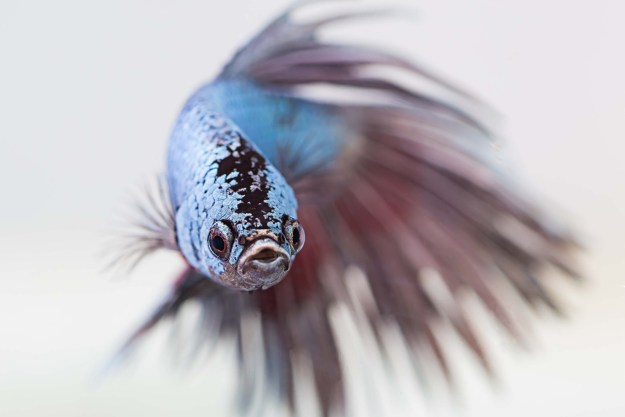Our animal companions are members of the family, and when they die, it can be every bit as painful as losing human loved ones. For some pet parents, this grief comes in stages, in which they may feel denial, anger, guilt, depression, and eventually acceptance. Others experience a series of ups and downs as they mourn the loss of their animal companion. Following are six meaningful ways to honor a beloved pet who has died that also help you work through your grief.
Hold a pet memorial service
A memorial service is a great way to honor your pet’s life. You can hold the service at your home or let professionals at a pet cemetery or crematory manage the details. According to Funeralwise.com, many funeral homes also offer pet memorial services, so you can check at businesses near you. Wherever you hold the service, invite family and friends who were close to your pet and understand your pain. Consider placing a photo of your pet in the memorial service space along with accessories such as a collar and leash and maybe a favorite toy. Experts at Funeralwise.com recommend a candle-lighting ceremony as part of the service. A meaningful way to do this might be to have each person share a memory of your beloved pet as they light a candle.

Put together a photo album
Creating a pet remembrance book is another great way to honor your animal companion. Most pet parents take hundreds of photos throughout a pet’s life. Scroll through your saved photos and choose those that reflect the precious moments in your friend’s life. You can use an online photo service such as Shutterfly to help in putting together a pet photo book. If you prefer to do it yourself, you can purchase a decorative photo book. Consider choosing an album that provides space for writing captions beside each image. Describing what’s happening in the photos will help you remember all the happy times you spent with your pet.
Donate to a charity in memory of your pet
If your deceased pet was a rescue, consider donating in his memory to the animal welfare organization that took care of him before he became part of your family. If your pet was a purebred purchased from a breeder or pet store, you can donate to a rescue working with that breed in memory of your loved one. Pet parents who make a donation to Best Friends Animal Society in honor of a deceased pet can pay tribute to their loved one as part of the nonprofit’s monthly Angels Rest blessing ceremonies. Best Friends also will help pet parents who want to set up a fundraiser in honor of their pet.
Create a memory box
As you work through the grief of losing a beloved pet, there are so many reminders. Your dog’s collar and leashes hanging just inside the door, doggie raincoats or winter jackets in the hall closet, comfy beds strewn around the house, and a basket spilling over with favorite toys. Some pet parents find it impossible to part with their deceased friend’s belongings, others get solace from sharing them with the pets of family and friends or donating them to shelters. Some pet parents create memory boxes where they keep some of their pet’s precious belongings. These items might include a collar, leash, ID tags, a favorite toy, and ribbons or training certificates that bring back fond memories.
Commission a painting
Many grieving pet parents commission oil, pastel, or acrylic portraits of their deceased pet. They hang the paintings in a central place in the home where they serve as a lasting memory to their deceased loved one. Scrolling through the Pet Portrait Artists Facebook group page is a great way to view how different artists work and find a style that would best honor your pet. You can also reach out to your veterinarian, groomers, or even pet stores to see if they can recommend a pet portrait artist.
Create a memorial garden
Creating a memorial garden is another great way to remember your pet. If you were allowed to bury your pet’s remains or ashes on your property, then planting a garden at the burial site makes sense. Otherwise, when considering a good spot for a memorial garden, think about whether you want it close to the house so you can see it from a window, or maybe choose a favorite spot on your property where your dog liked to lie. When choosing plants, think about how you want the garden to look through the seasons, writes Bonnie L. Grant, a certified urban agriculturalist, in an article published on Gardening Know How. If your pet loved water, consider incorporating a pond or birdbath into the garden design. Wind chimes and stone markers or benches engraved with a pet’s name help mark the garden as a sacred space.

No matter which way you choose to honor your beloved pet, it’s important to know that grieving takes time. Surround yourself with people who understand your pain and will listen when you need to speak about your loss. Eventually, you will find peace and comfort when you remember the loving years you shared with your precious friend.
Editors' Recommendations
- Are ‘dog years’ really 7 human years? How to calculate your dog’s age
- Do puppies sleep a lot? These are the perfectly normal sleeping habits of a healthy pup
- Pet-safe pest control: This genius technique will get rid of pesky ants
- A simple guide to what to feed tadpoles in your aquarium
- Where to put a dog crate in your house depends on these important factors




